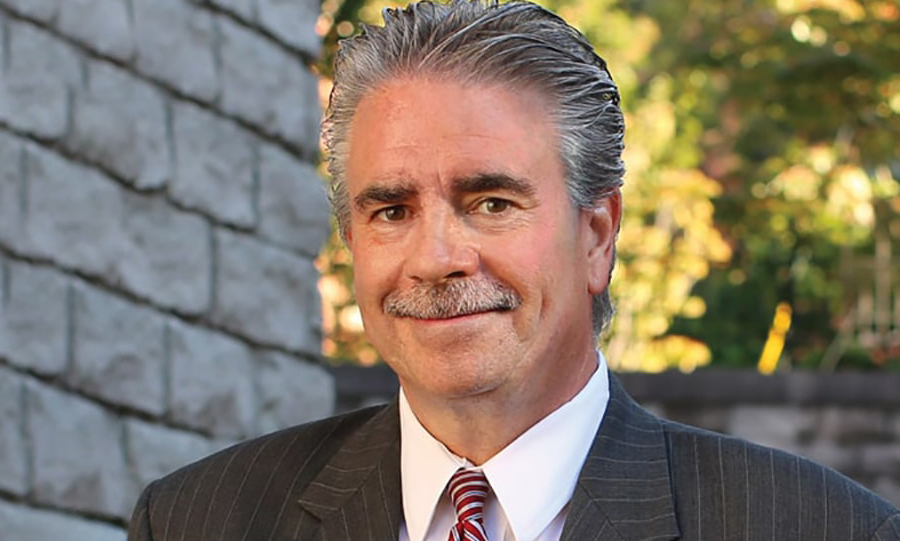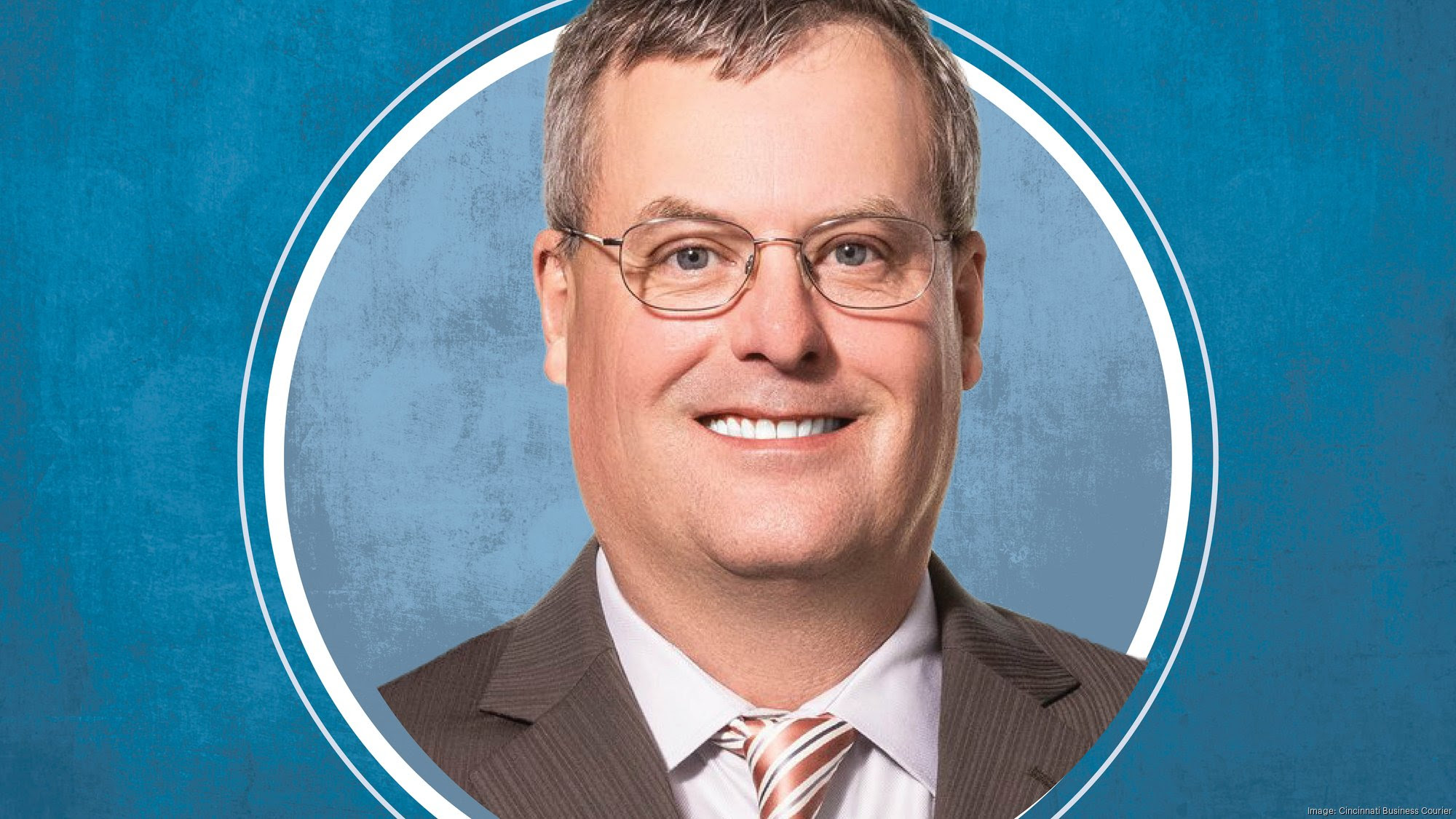The return of NCAA March Madness is a welcome sight for many. Watching college basketball teams battle it out on the courts and underdogs take down big programs makes March almost feel normal again. It is a sign of hope that we are clawing back to a normal life.
However, Sedona Prince rightfully highlighted the inequality that women still suffer. She tweeted a picture of the women’s weight room, which was one set of dumbbells as compared to a full weight room for male players. The NCAA stumbled initially but then made it right by providing more equipment for the women basketball teams. If only righting inequities was so quick and easy.
In 1963, President Kennedy signed the Equal Pay Act to address the pay inequality that women suffered for doing the same or similar job. The Act made it illegal to pay women less solely because of gender. In 1963, women made 58% on the dollar as compared to men. Fifty-eight years later, women have made significant gains but are still only making 82% of what men make. Minority women fare even worse, making 75% of what men made. The pandemic has emphasized the pay and work disparity as more women stepped out of the job market in 2020 and 2021 to care for children.
In 2009, the Lily Ledbetter Fair Pay Act was passed to extend the statute of limitations on Equal Pay claims. This Act overturned a Supreme Court case to allow a claim to reset each time unequal pay is issued making it easier to file such claims.
On Equal Pay Day, it is important to celebrate the strides that have been made on this issue and to continue marching forward to equal treatment and pay for equal work. Failure to pay equally subjects employers to significant penalties under the Act and is not as easy to fix as adding more weights to a workout room.
Kelly Holden leads DBL Law’s Employment Law practice group which represents private and public employers. Her practice includes advising clients on compliance with various employment matters and providing in-house training on such issues. DBL Law is a full-service law firm with 50 attorneys and offices in Cincinnati, Louisville and Northern Kentucky.





